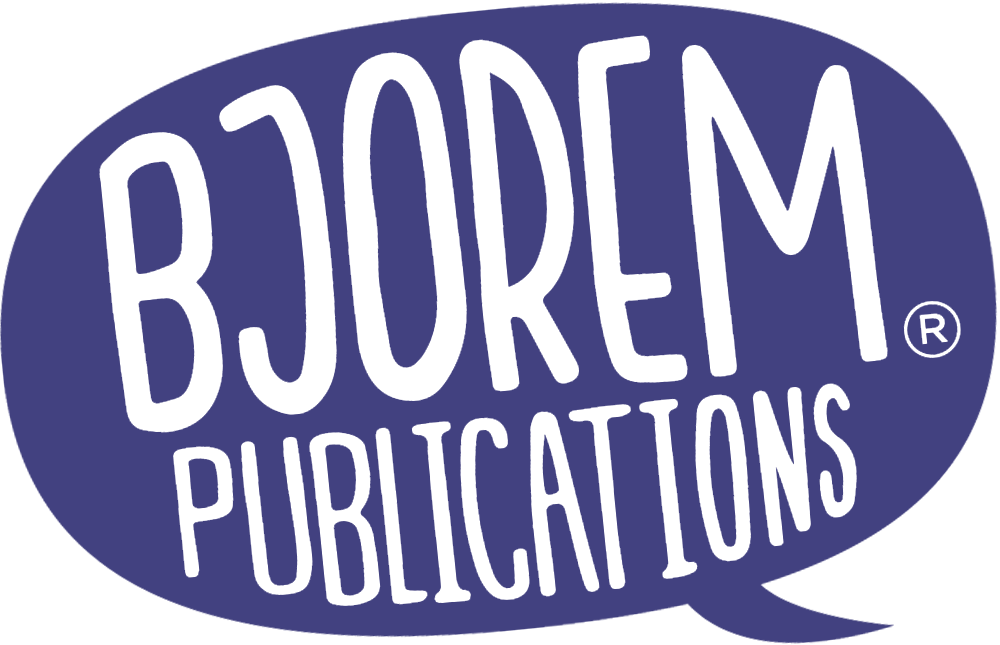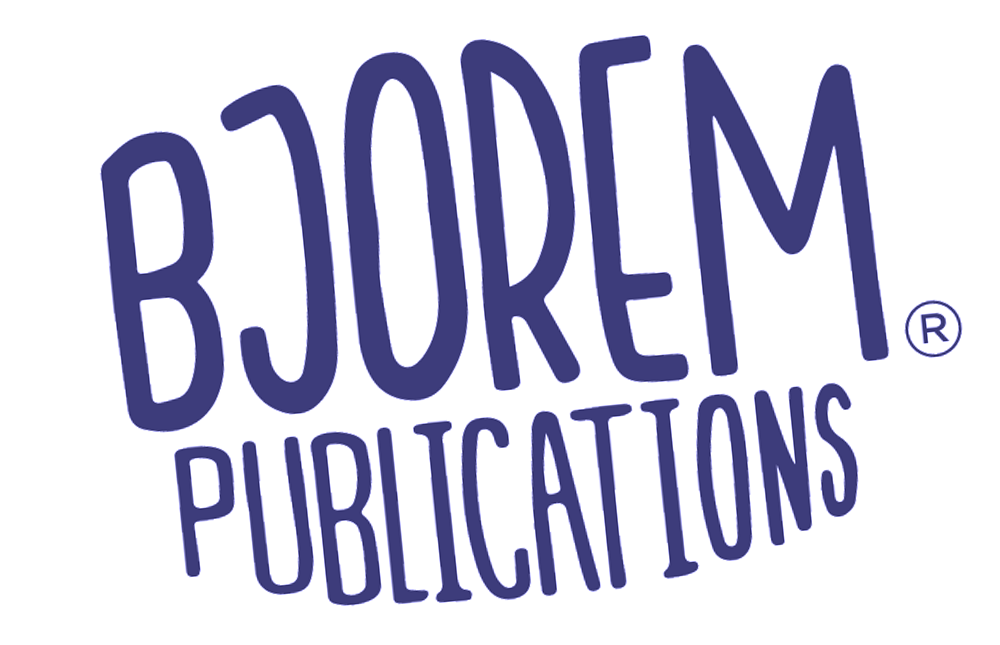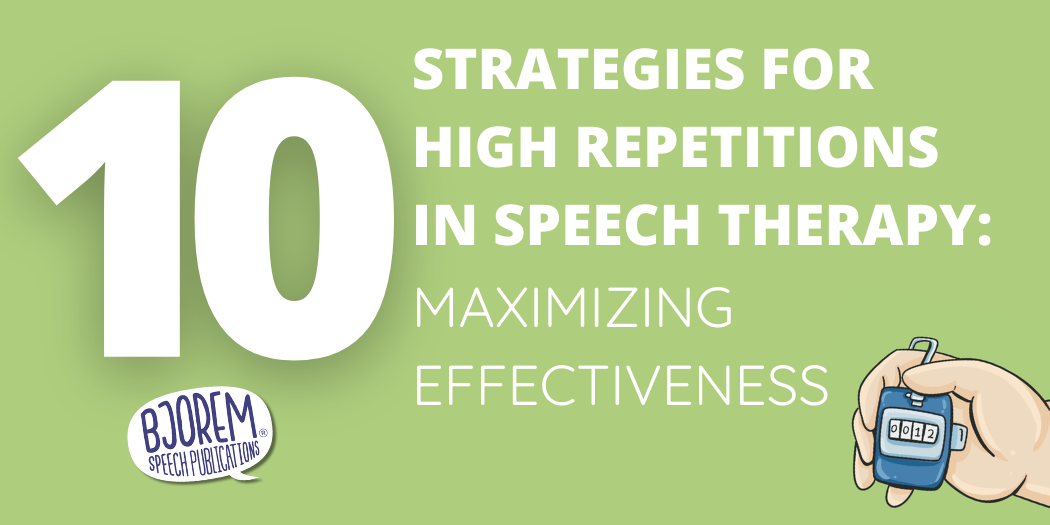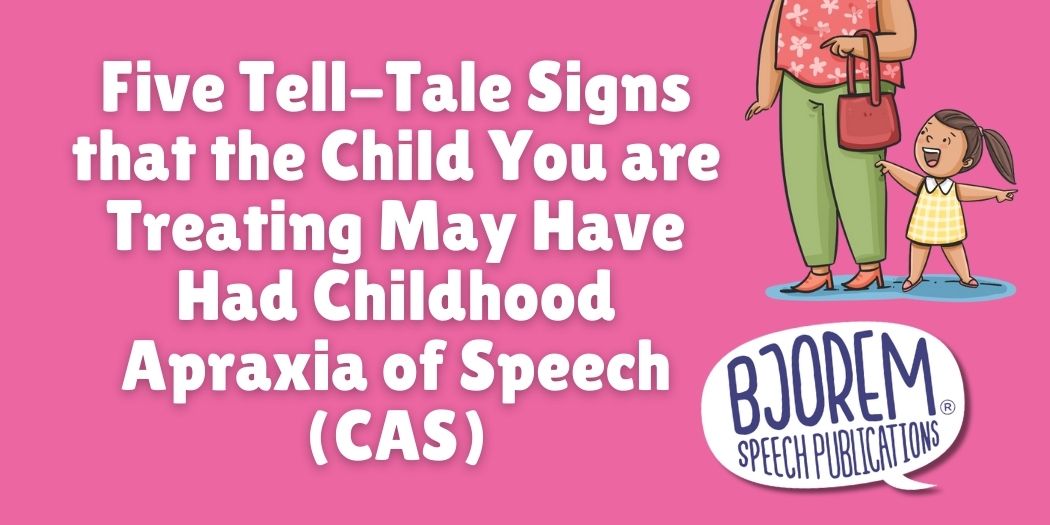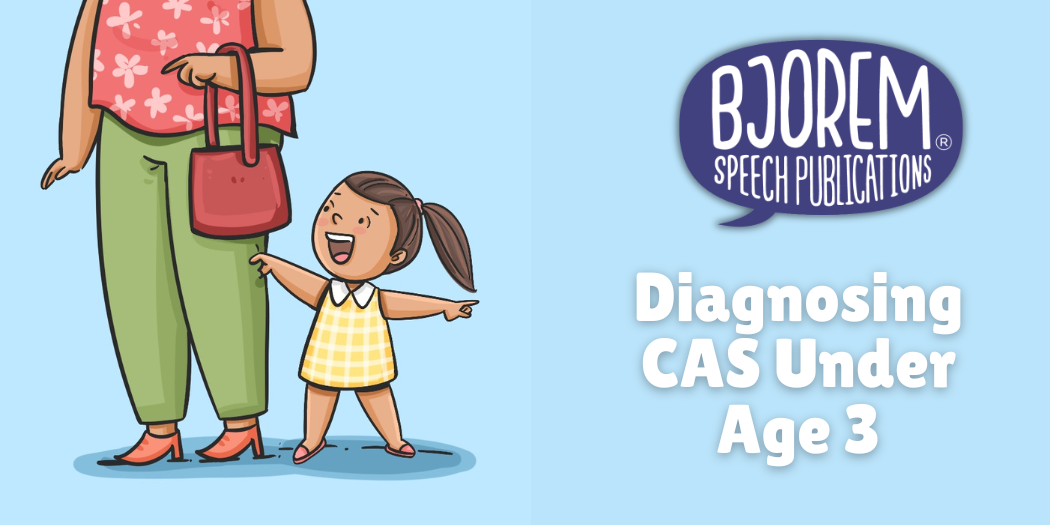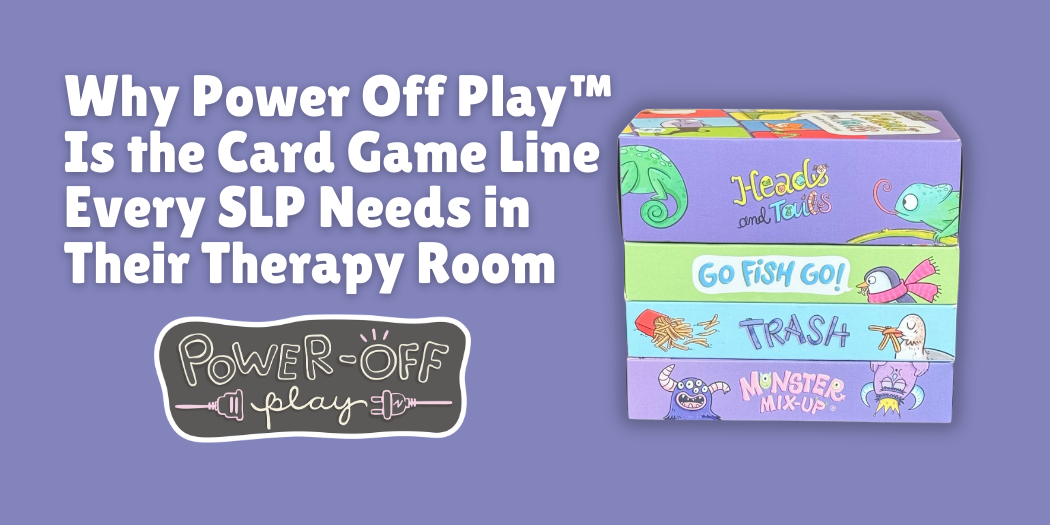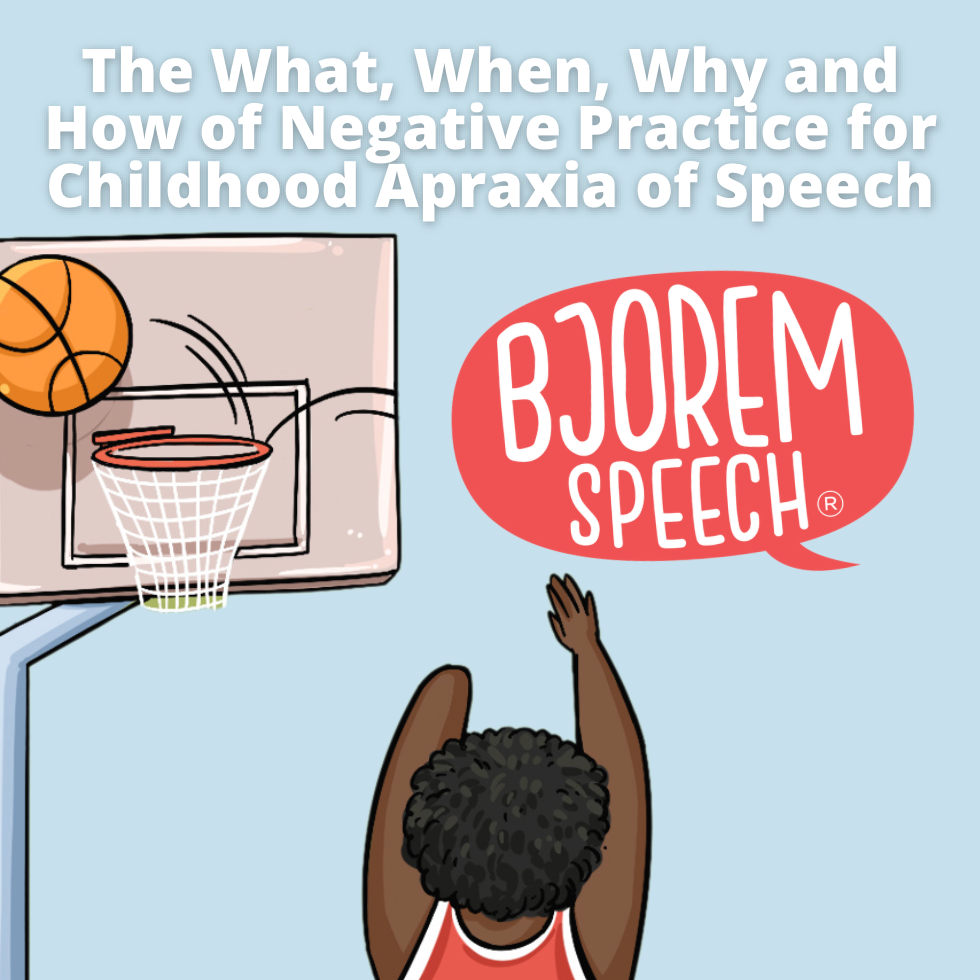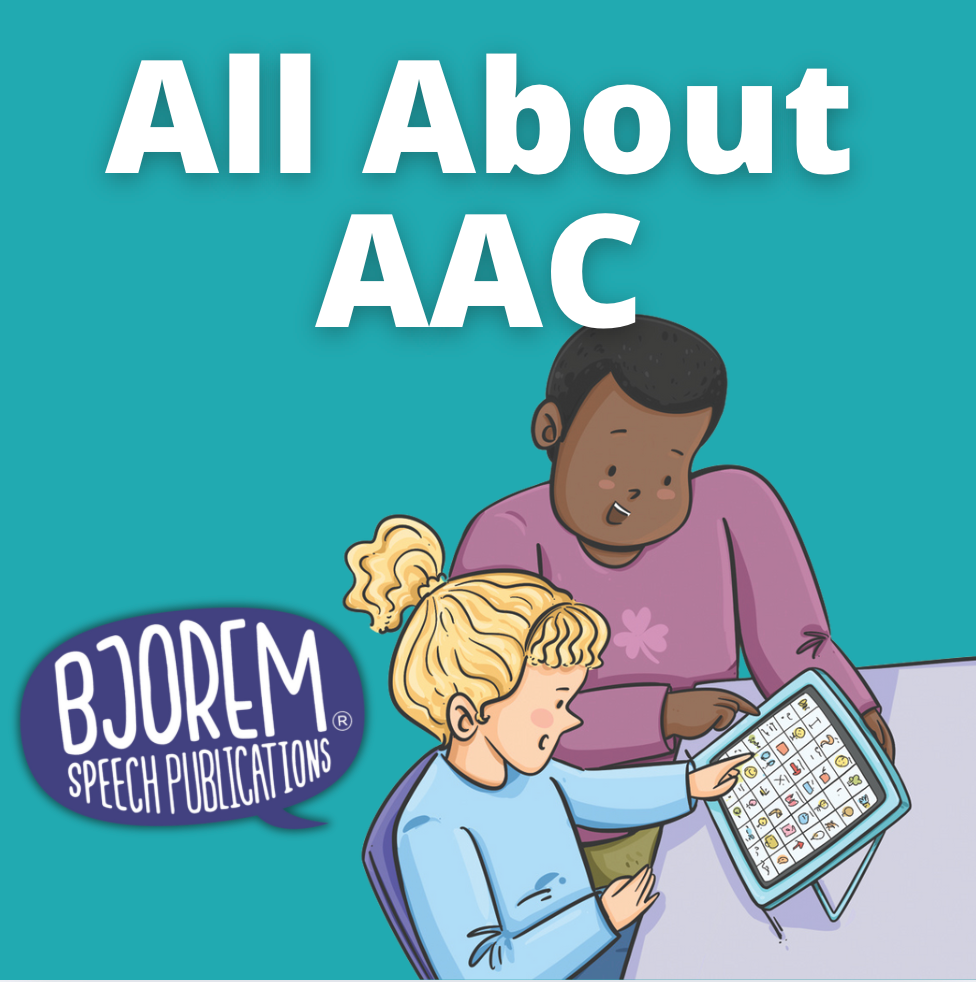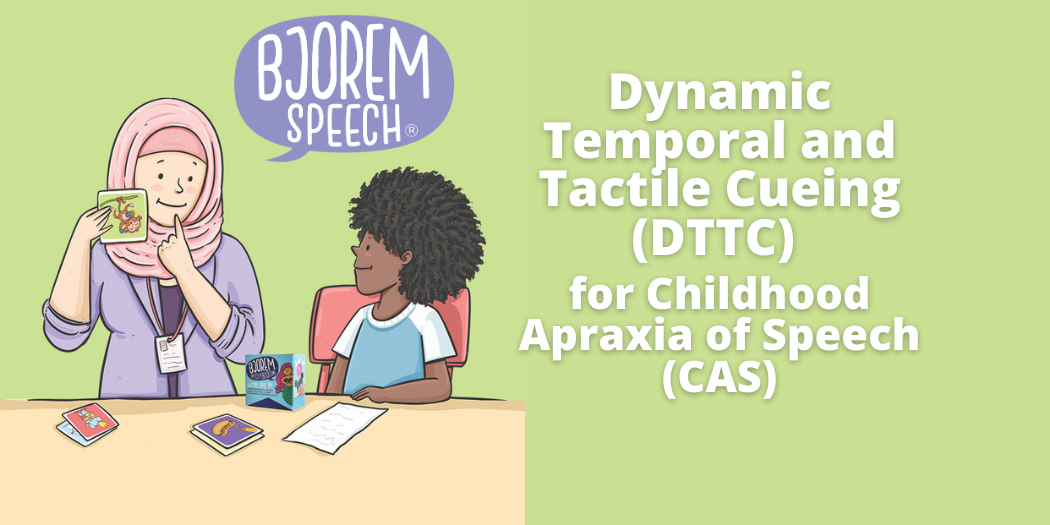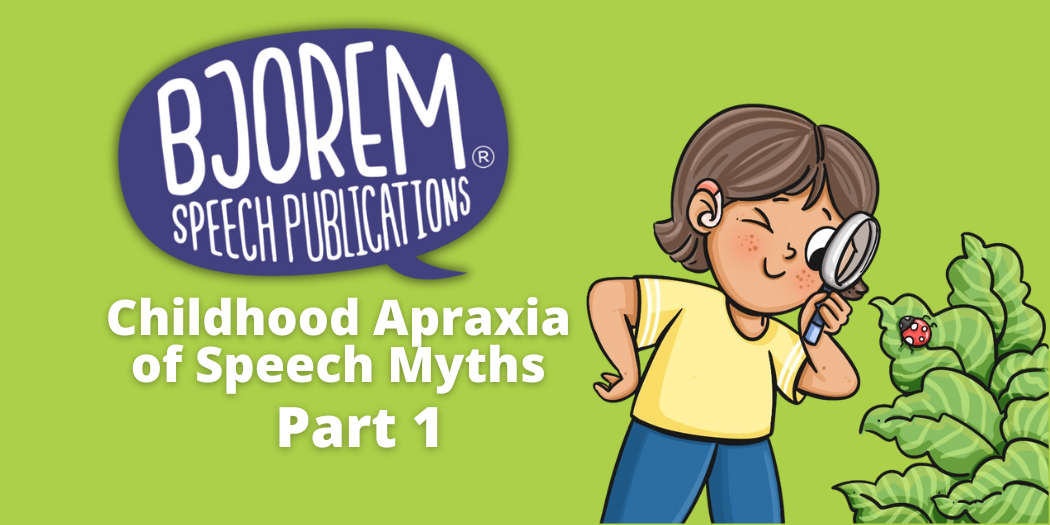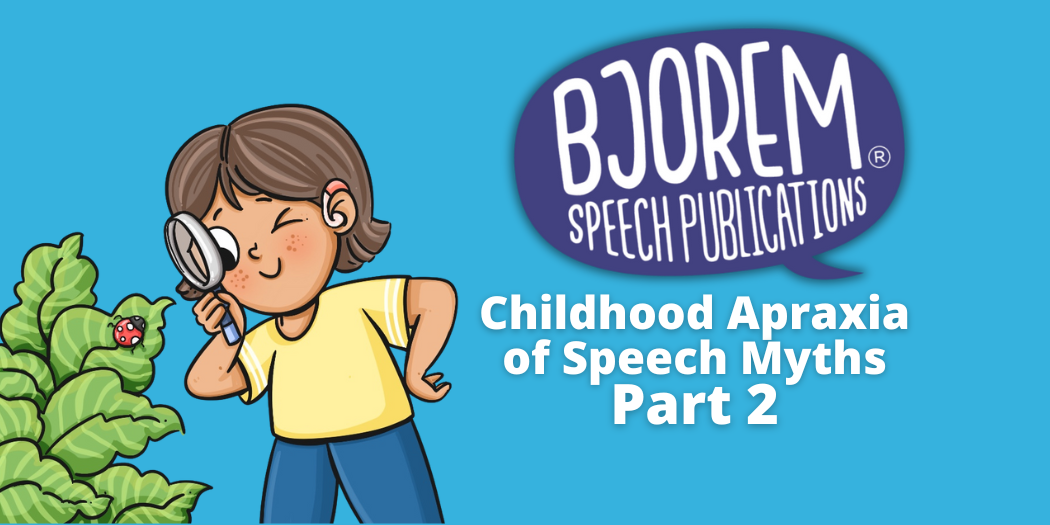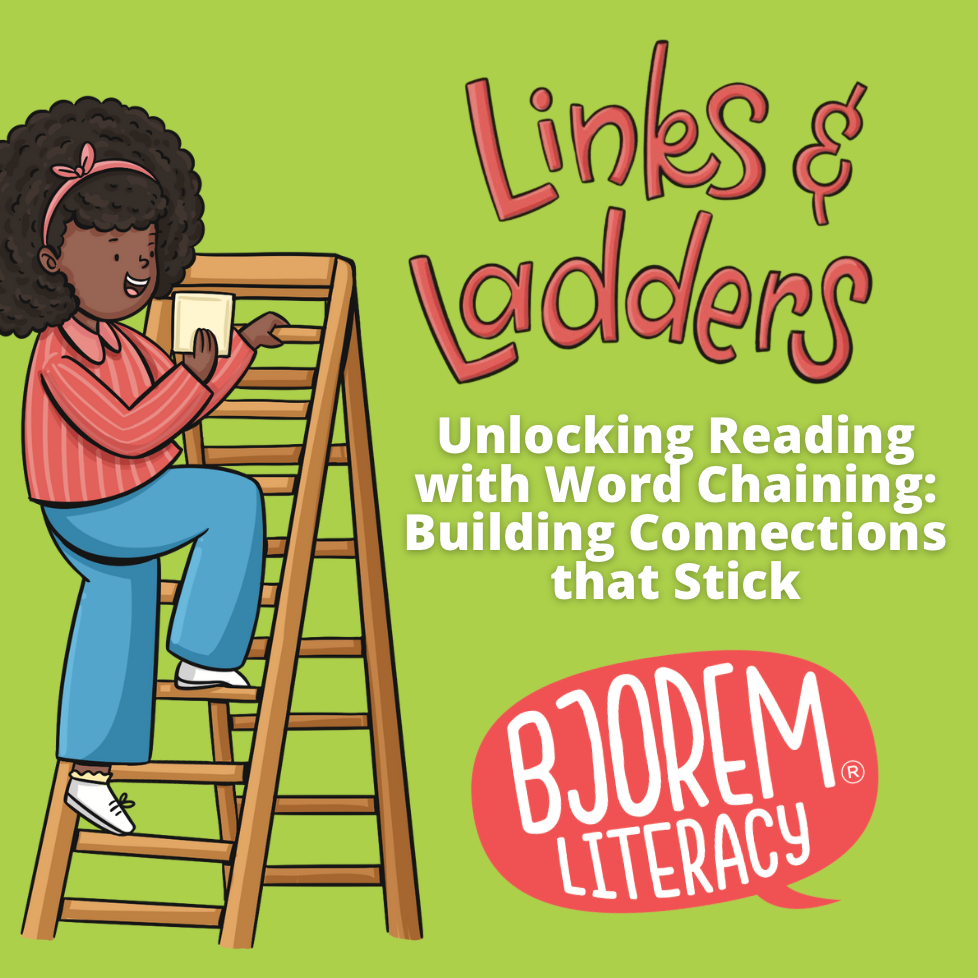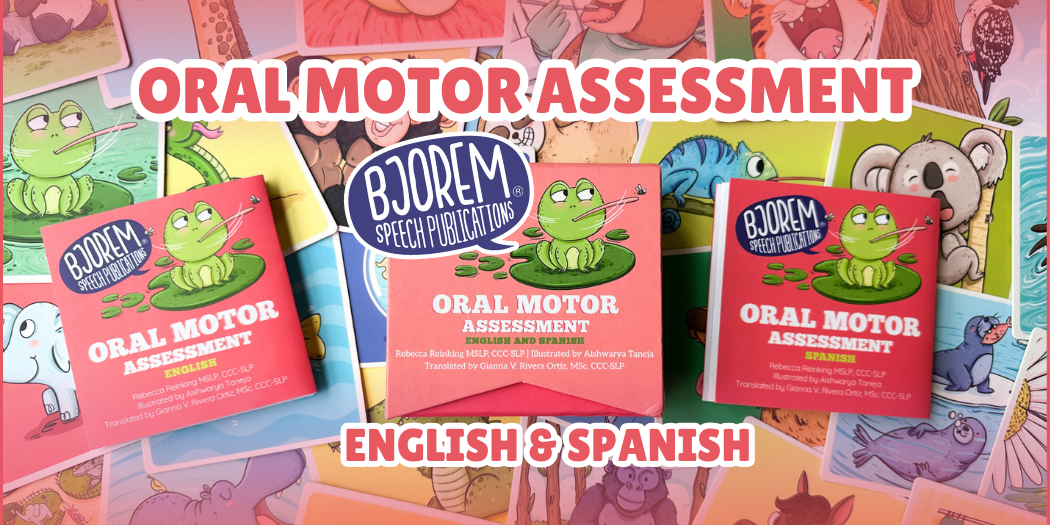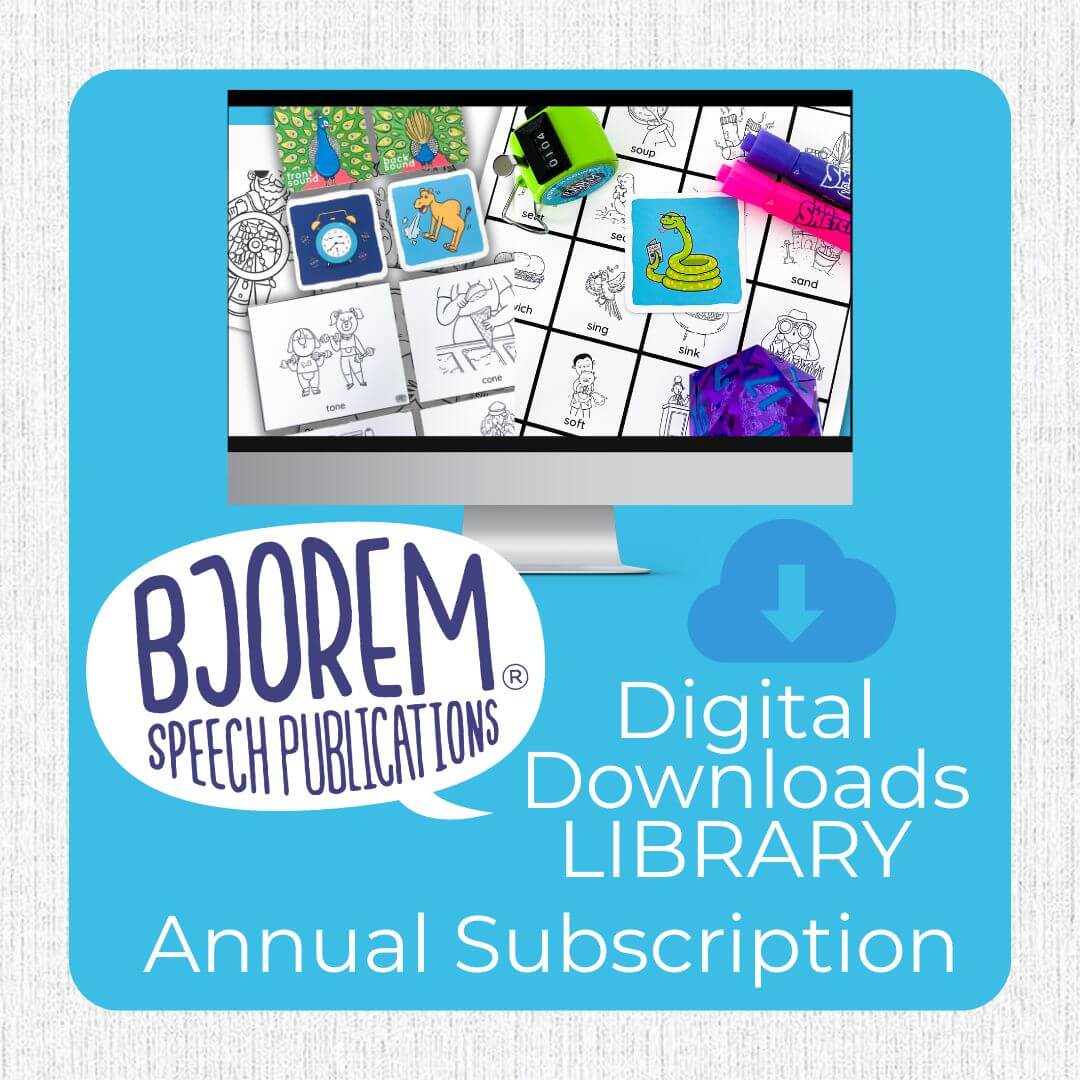Effective speech therapy hinges on the frequency of practice, particularly for children with speech sound disorders (SSDs). Research emphasizes the importance of high repetitions in therapy sessions. Sugden et al. (2018) found an average of 77 trials per session to be effective, while Williams (2012) recommends at least 70 trials in a 30-minute session for severe SSDs. However, group settings can present challenges, as noted by Farquharson et al. (2022), who found a decrease in repetitions with each additional child. Incorporating Bjorem Speech® products can aid in achieving these necessary high repetitions. Here are 10 strategies to integrate these products into speech therapy sessions for effective results.
1. Drill Practice with Bjorem Speech Sound Cues
Implement intensive drill practice using Bjorem Speech Sound Cues® and Bjorem Box of Sounds™ Decks. These visual aids can significantly increase the number of repetitions while maintaining the child's interest. The Box of Sounds™ decks include a high variety of target words with engaging illustrations. Many of the cards have multiple target words per card so you can maximize trials of the target sound. You can make drill practice more fun by using Pop It toys, clickers, dot markers, and more. We have many high trials sheets and the Box of Sounds™ in a Book available to aid in drill practice. If you like to incorporate drill practice with games and toys, keep reading!
2. Game-Based and Play-Based Learning
Games that facilitate rapid turn-taking are excellent for achieving a high number of trials in a manner that's not only fun but also motivating, engaging, and interactive. Take, for instance, the Monster Mix-Up Card Game. This game can be ingeniously modified to incorporate speech tasks, transforming each play into a valuable practice opportunity.
In addition to games, consider the potential of toys involving construction or assembly. These toys offer children a chance to 'earn' the pieces needed for their creation. For example, while using Squaregles, encourage the child to produce their target word 5-10 times before they receive 1-2 building pieces. This method ensures that by the end of their construction project, they have accumulated a significant number of repetitions, effectively practicing their target sound in a way that’s both stimulating and interactive.
This approach can also be extended to puzzles, Lego sets, and other similar activities where assembling the final product requires earning individual pieces. It’s a creative way to blend speech practice with play, ensuring therapy sessions are enjoyable and productive.
Check out this blog post on using Dixie Cups in speech therapy. It includes a ton of ideas for how to use a simple item, like Dixie Cups, to get high repetitions!
3. Technology Integration
Leverage digital resources alongside Bjorem Speech® materials. Incorporate apps and software that complement these products to provide a varied and engaging practice experience. We also create digital resources on Boom Learning that can be used during speech therapy sessions and at home to increase trials while keeping the child engaged in fun and motivating activities and games.
4. Group Session Strategies
In group sessions, use Bjorem Speech® materials while engaging in activities that encourage interaction and turn-taking., ensuring each child gets ample opportunities to speak. Group dynamics can also foster a competitive spirit, leading to more attempts. This not only ensures each child's participation but also maximizes repetitions.
5. Home Practice with Bjorem Materials
Assign home exercises using Bjorem Speech® products. Products like the Box of Sounds in a Book Download offer parents easy-to-follow activities for home practice, ensuring consistency. Therapists can also send home Home Practice Sheets to help encourage home practice. You can write on the empty spaces provided on the homework sheets to provide tips for getting high trials at home. Creating goals with the child to reach X number of trials or to get more trials than they did the previous practice session by keep track of how many trials they get each time can also help to motivate the child to increate practice trials at home.
6. Rapid Repetition Rounds
Incorporate Bjorem Speech Sound Cues® and Box of Sounds™ decks in fast-paced, timed challenges. This 'rapid-fire' approach can make repetitive practice exciting and efficient. Many kids are very motivated by the use of clickers, because it provides immediate feedback on how many words they have said and a visual for them to watch in order to reach a numerical goal. For example, if you tell the child to try to get 50 accurate trials in 60 seconds, you both can keep track using a clicker and race the clock while watching the number on the clicker as the trials increase. Write down how many they were able to get in 60 seconds and have them try to "beat their score" each time!
7. Feedback with Visual Aids
Use Bjorem Speech® tools that offer visual feedback. This immediate reinforcement can motivate children to increase their attempt rate. One way to do this, is by using a Slant Stand. You can attach the cues to the mirror and have them watch themselves in the mirror. This also helps to improve their awareness and foster self-correction skills which is crucial for generalization of the sound.
8. Storytelling with Bjorem Resources
Employ Bjorem Speech® materials in storytelling and role-playing. Using the Box of Sounds™ decks, you can pull out a group of cards with the child's target sound in them and have them create a story using the pictures on the cards. Products like the OH NO Books can also be used to create narratives that naturally incorporate target sounds as well as plenty of opportunities for repepitions.
9. Engaging Parents with Bjorem Speech® Tools
Involve parents by providing them with materials for home use (such as the Home Practice Sheets). Educating them on effective usage can extend practice beyond therapy sessions. If you cannot have the caregiver sit in on the therapy session, and you have permission to video the child, send them video examples of you and the child doing an activity in which the child achieved a high number of trials.
10. Progress Tracking
This data-driven approach allows for adjustments in therapy strategies and can be a motivational tool for children by involving the child in monitoring and tracking repetitions. Have them "beat their score" each session. This will also give them a sense of pride in their achievements when they able to see their progress!
Conclusion:
High repetitions are key to the success of speech therapy for children with SSDs. By integrating these strategies into therapy sessions, SLPs can ensure an adequate dosage of trials, adapting to individual or group settings. This approach aligns with the evidence-based recommendations from research, paving the way for more effective and engaging speech therapy experiences. Incorporating Bjorem Speech® products into therapy sessions can significantly enhance the effectiveness of speech therapy by increasing the number of repetitions. These strategies, grounded in research and tailored for both individual and group settings, offer a practical approach to delivering high-quality, engaging, and effective speech therapy.
